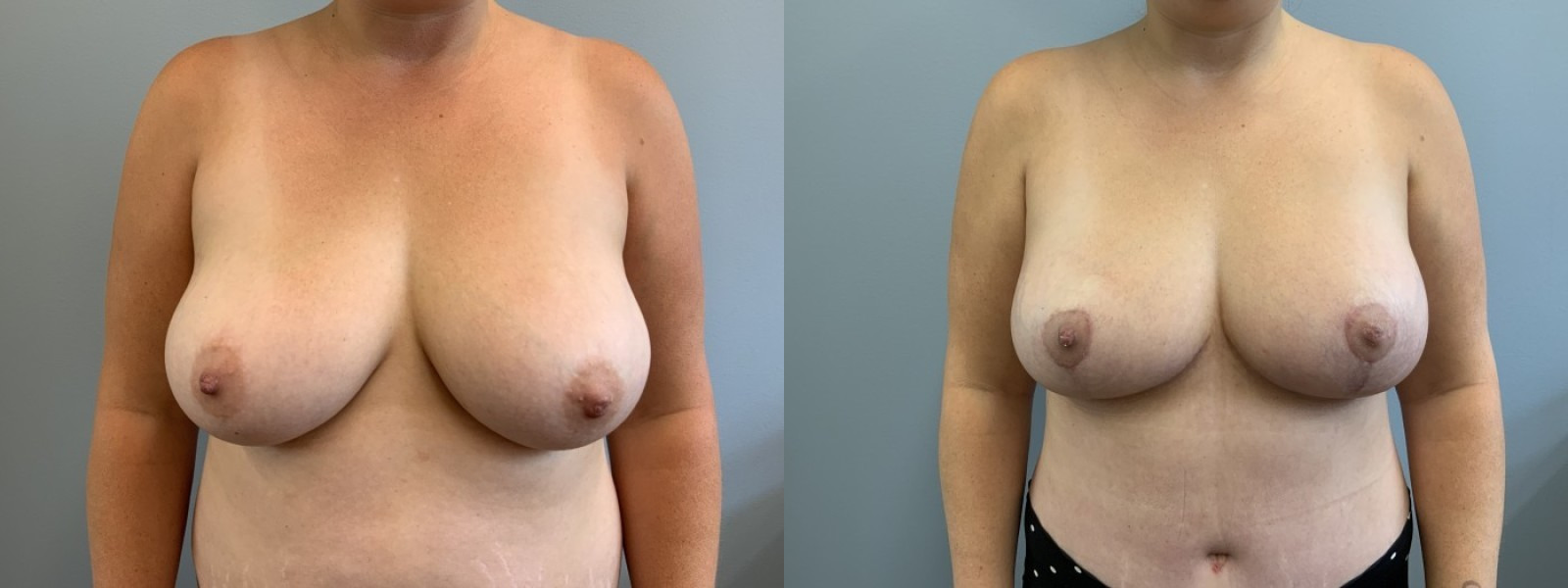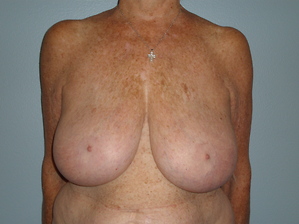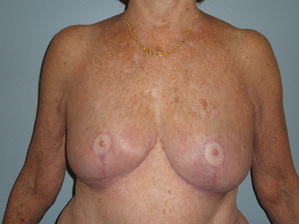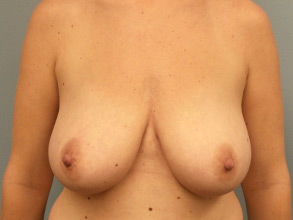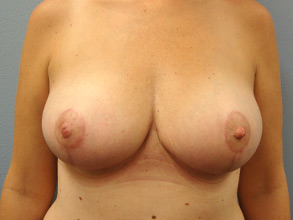Quick Links
What is a Breast Lift?
Over time, our breasts experience changes in skin elasticity, causing drooping and loss of volume. These changes can result from an array of factors, including pregnancy, breastfeeding, fluctuations in weight, gravity, and hereditary reasons. The dark skin around the nipples, also known as the areolas, can also increase in size with age. A breast lift in Minneapolis-St. Paul can help to restore the youthful lift of your breasts as well as reduce areola size.
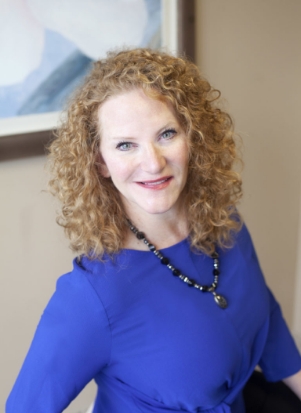
Heather Rocheford, MD
BOARD CERTIFIED PLASTIC SURGEON
There are so many fads and false promises out there. It’s almost impossible to make a confident decision without trusted advice, and that’s what I’m here for. My goal is to help you understand what is right for you – based on your unique situation.
Meet Dr. RochefordDetails of Breast Lift Surgery
- Surgery: Surgery is done under general anesthesia at an outpatient facility or hospital. The surgery takes between 1 – 3 hours and is an outpatient surgery, meaning the patient does not need to stay overnight.
- Discomfort: Mild to Moderate. Anticipate 2 – 7 days of pain medication.
- Bruising: Improves in 7 – 10 days.
- Swelling: Improves in 7 – 10 days.
- Bandages: Removed the day after surgery.
- Stitches: Internal stitches dissolve.
- Work: You may return to work in 3 – 7 days.
- Exercise: May be resumed in 2 weeks.
- Final Result: Following scar maturation, about 6 months. Results last 7 – 10 years
Who is a Good Candidate for a Breast Lift?
Patients who are healthy, non-smokers, and at a stable weight are often good candidates for breast lift surgery. Also, those who are bothered by sagging breasts and enlarged areolas can benefit from this procedure. It is important that patients understand that breast lift surgery is meant to lift the breasts, not increase the size of the breasts like breast augmentation.
The Breast Lift Procedure
Breast lift surgery is an outpatient procedure done under general anesthesia and takes between one and three hours to complete. Incisions will be made on the breasts to allow for repositioning of the breast tissue to improve the breast contour. There are three main breast lift incision options, which include:
- The Donut Lift- The donut lift requires an incision around the areola and is often used for patients with a mild amount of ptosis (drooping).
- The Lollipop Lift- This incision is made around the areola and down to the breast crease. Patients with moderate droop can benefit from this option.
- The Anchor Lift- This option is used for patients with moderate to severe ptosis. An incision is made around the breast areola, down to the breast crease, and along the breast crease as well.
After the breast tissue is repositioned and excess skin is removed, incisions will be closed and bandages will be placed.
There are several types of breast lifts. The first illustration is the Donut Lift. This is for patients with a mild amount of droop and results in a scar around the areola.
The second lift is the Lollipop Lift. This is for patients with moderate droop and results in a scar around the areola and down to the infra-mammary crease.
The third illustration is the Anchor Lift for patients with moderate to severe droop which results in an anchor-type scar. The best type of lift for you can be determined at your consultation and is based on your breast measurements.
Breast Lift Recovery
Following breast lift surgery, patients may experience bruising and swelling, pain medication can help to control any discomfort. Any bandages can be removed the day after surgery, and internal stitches will dissolve with time. Most patients can return to work in three to seven days, and exercise in two weeks. Final results can often be seen after six months, with effects lasting seven to 10 years. Minneapolis-St. Paul breast lift patients are typically very happy with their results, but sometimes they will combine their procedure with breast augmentation to enhance the fullness of their breasts.
Schedule a Consultation
If you are interested in breast lift surgery in Minneapolis-St. Paul, contact us today at 651-739-1100 to schedule a private consultation with Dr. Rocheford.
Recent News
Breast Lift Incision Facts You Should Know
Women in the US are very interested in breast lift surgery, and this has helped make it one of the…
READ MOREAre You A Candidate for a Breast Lift?
After having kids or after a certain amount of time, gravity starts to take its toll on the body. Gravity…
READ MOREBreast Lift FAQs
What is a breast lift?
Also known as mastopexy, a breast lift raises and firms the breasts by removing excess skin and tightening the surrounding tissue to reshape and support the new breast contour. Sometimes the areola becomes enlarged over time, and a breast lift will reduce this as well. A breast lift can rejuvenate your figure with a breast profile that is youthful and uplifted.
Will breast lift surgery change the size of my breasts?
Breast lift surgery does not significantly change the size of your breasts or round out the upper part of your breast. If you want your breasts to look fuller or smaller, you might want to consider either breast augmentation or breast reduction surgery.
What will happen during my consultation?
You’ll be asked a number of questions about your health, desires, and lifestyle. Be prepared to discuss things like why you want the surgery, your expectations, and your desired outcome, as well as any medical conditions, drug allergies, and concurring treatments. Dr. Rocheford may also give an examination and take photos for your medical record and discuss all options available for treatment given your medical history and desired results.
How should I prepare for surgery?
Prior to surgery, you may be asked to get lab testing or a medical evaluation, take or adjust certain medications, stop smoking well in advance of surgery, and even get a mammogram for a baseline look at your breast tissue.
Patient Resources
Whether a new or returning patient, we have plenty of resources to either help you get started or learn more about the procedure process. From patient forms to blogs, we have all the resources you’ll need to prepare yourself for your appointment.






